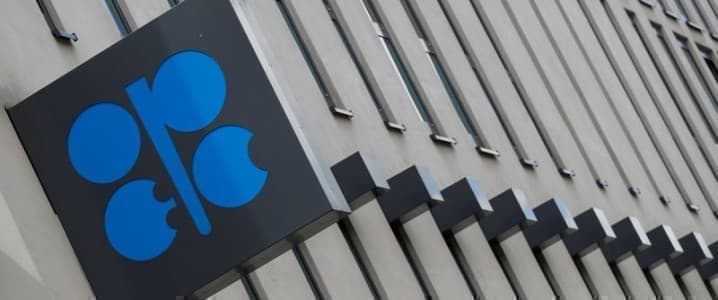The OPEC+ group of producers must continue to calibrate the easing of its collective oil production cuts to the still fragile global oil demand in the pandemic, Abdelmajid Attar, the Energy Minister of Algeria, which holds OPEC’s rotating presidency for 2020, told Bloomberg in an interview.
“Despite the positive signs and a significant improvement in oil prices, I think we should be very cautious,” Attar told Bloomberg.
Earlier this month, the OPEC+ group managed to avoid a no-deal outcome at its meetings, which went on for days amid disagreements over how the OPEC cartel and its Russia-led non-OPEC partners would act next year with COVID-19 still depressing fuel demand in the world.
The original plan for a 2-million-bpd increase of OPEC+ production as of January was watered down to a 500,000-bpd rise for January in a compromise agreement, largely seen as a positive outcome that avoided a break-up of the OPEC+ pact or even of OPEC.
The total production cut for January will thus be 7.2 million bpd, compared to the current 7.7 million bpd collective cut, while the ministers decided to hold monthly meetings to decide the oil production policy for the following month.
The producers in the pact are set to increase production by no more than 500,000 bpd each month through April 2021, OPEC said at the end of its meeting for the year.
The next meetings of the Joint Technical Committee (JTC) and the Joint Ministerial Monitoring Committee (JMMC), originally scheduled for this week, have been pushed to early January, ahead of the next ministerial meeting on January 4, OPEC said in a short statement on Monday, without giving any details about the postponement.
Easing the cuts by a total 2 million bpd between January and April is not a goal in itself, as the OPEC+ group needs to ensure drawing down of inventories, the Algerian energy minister told Bloomberg.
OPEC itself is cautious about oil demand early next year, and it cut on Monday, again, its oil demand projections for 2021, as mass vaccinations are likely to take months before helping an oil demand rebound.
By Tsvetana Paraskova for Oilprice.com
More Top Reads From Oilprice.com:
- World Oil Demand Hits Two-Month High
- The Top U.S. Shale Gas Basin Continues To Bleed Cash
- Rig Count Sees Largest One-Week Increase Since January



















OPEC+ should have extended its current production cuts of 7.7 million barrels a day (mbd) for three more months until the end of March 2021 rather than returning 500,000 barrels a day (b/d) to the market at the end of January to be followed by a similar volume every month until April. However, the alternative would have been no agreement adversely impacting OPEC+ standing and also the oil market.
Still, OPEC+ could easily withdraw the 500,000 b/d from the market if the global oil demand weakens for one reason or another.
However, I project a surge of both global oil demand and prices triggered by the start of vaccination in many parts of the world and the promise of a wider opening of the global economy.
Another promising factor is that global economy is projected to grow in 2021 by 5.4% compared with 3.3% in 2019 led by emerging markets particularly China and India. This will stimulate the Asian crude oil market which is the biggest in the world.
The global economy could also get a further impetus with a probable end to the trade war between the US and China under a President-elect Biden’s administration and a possible de-escalation of tension between Iran and the United States.
Based on the above, Brent crude price could be expected to hit $60 in the first quarter of 2021 and $70-$80 in the third quarter. This trajectory will give an average price of $65-$70 in 2021 and possibly test $100 by 2024.
Dr Mamdouh G Salameh
International Oil Economist
Visiting Professor of Energy Economics at ESCP Europe Business School, London